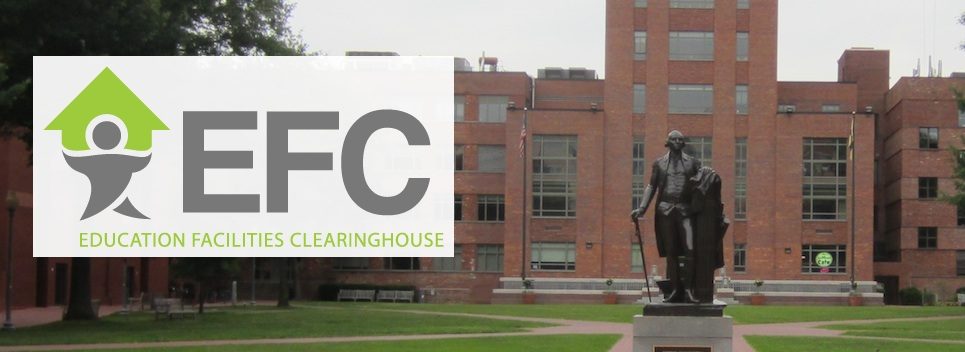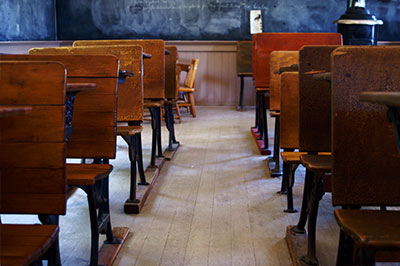Carson and Janssen, 2012
Background: Screen time activities (e.g., television, computers, video games) have been linked to several negative health outcomes among young people. In order to develop evidence-based interventions to reduce screen time, the factors that influence the behavior need to be better understood. High neighborhood disorder, which may encourage young people to stay indoors where screen time activities are readily available, is one potential factor to consider.
Methods: Results are based on 15,917 youth in grades 6-10 (aged 10-16 years old) who participated in the Canadian 2009/10 Health Behaviour in School-aged Children Survey (HBSC). Total hours per week of television, video games, and computer use were reported by the participating students in the HBSC student questionnaire. Ten items of neighborhood disorder including safety, neighbors taking advantage, drugs/drinking in public, ethnic tensions, gangs, crime, conditions of buildings/grounds, abandoned buildings, litter, and graffiti were measured using the HBSC student questionnaire, the HBSC administrator questionnaire, and Geographic Information Systems. Based upon these 10 items, social and physical neighborhood disorder variables were derived using principal component analysis. Multivariate multilevel logistic regression analyses were used to examine the relationship between social and physical neighborhood disorder and individual screen time variables.
Results: High (top quartile) social neighborhood disorder was associated with approximately 35-45% increased risk of high (top quartile) television, computer, and video game use. Physical neighborhood disorder was not associated with screen time activities after adjusting for social neighborhood disorder. However, high social and physical neighborhood disorder combined was associated with approximately 40-60% increased likelihood of high television, computer, and video game use.
Conclusion: High neighborhood disorder is one environmental factor that may be important to consider for future public health interventions and strategies aiming to reduce screen time among youth.
Keywords: Screen time, Neighborhood disorder, Youth
View Article









